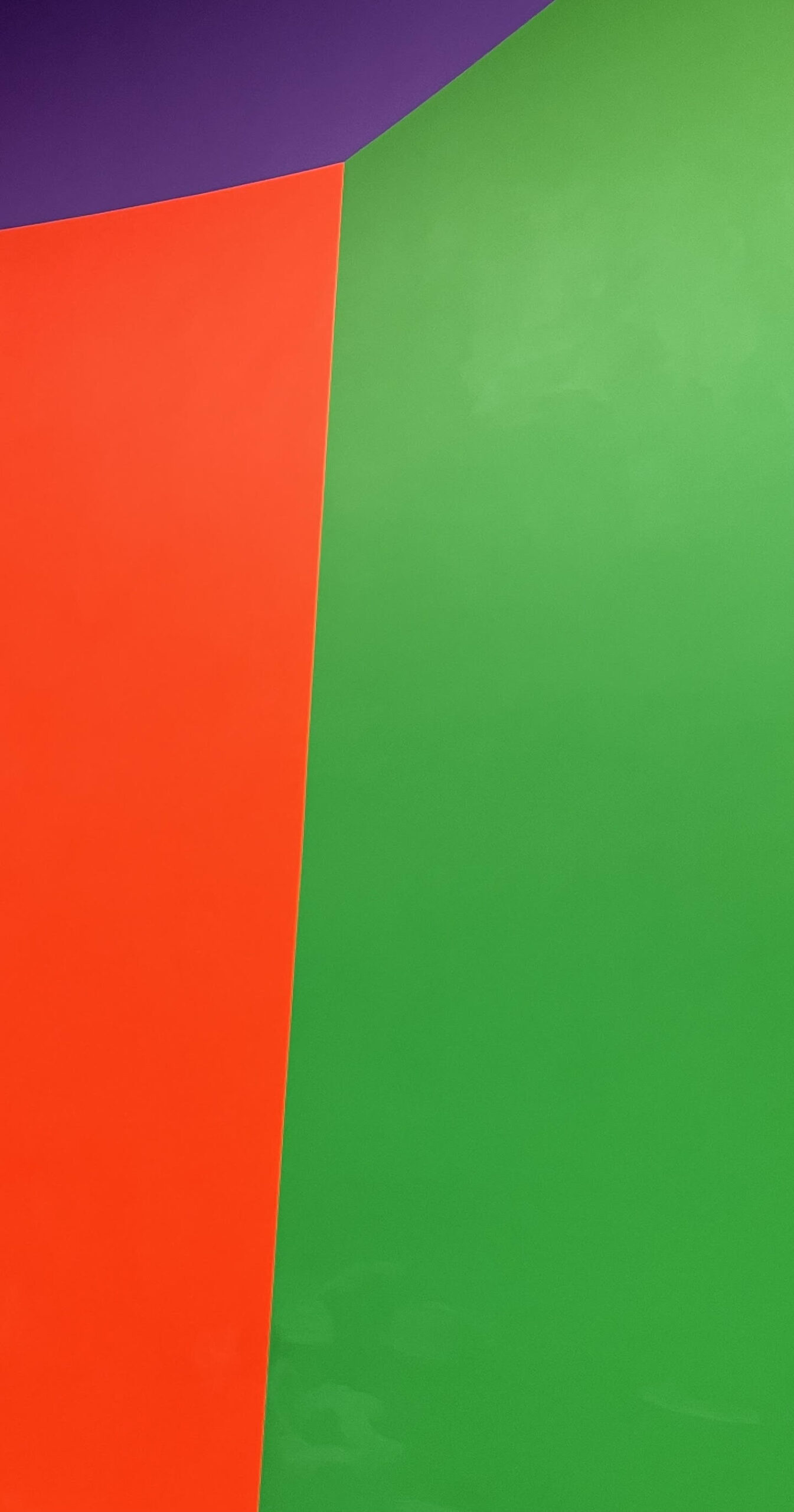
New York artist Sol LeWitt is considered one of the founders of Conceptual Art and Minimalism. Starting out, he worked odd jobs including serving as a night watchman for the Museum of Modern Art in NYC as well as a graphic designer for the then young architect I.M. Pei. Some believe these diverse experiences led him to develop a unique approach to art making, which involved laying out simple instructions to be carried out by others. In many ways this approach challenged the idea of authorship, traditional craftmanship and the idea that art was precious and unique. LeWitt would often combine a schematic sketch with a set of simple instructions. These instructions were then independently carried out by several assistants who strictly followed the artist’s directions.
Interestingly, LeWitt connects his work and practice to that of an architect. He wrote, “An architect doesn’t go off with a shovel and dig his foundation and lay every brick. He’s still an artist.” The work entitled Wall Drawing #831, partially shown here, is a large mural designed for Gallery 208 at the Guggenheim in Bilbao, Spain. It is one of his first murals that utilized acrylic paint — highly saturated, vivid colors. The work offers one a bold and powerful experience — enveloping the observer’s vision and making it impossible to fit the entire work within the frame of a camera. By painting this work directly on to the wall, LeWitt fuses his work with the architecture, raising questions concerning its permanence, value and conservation.
